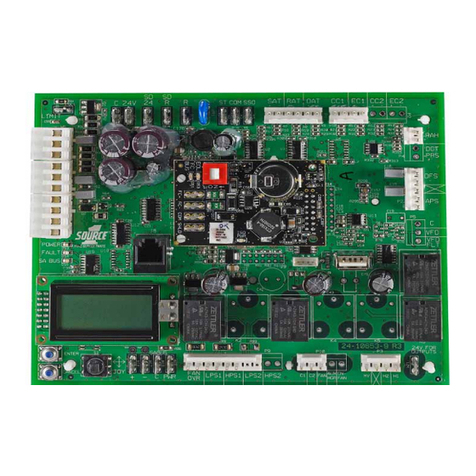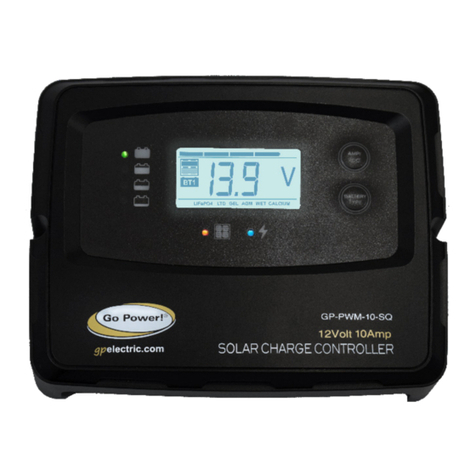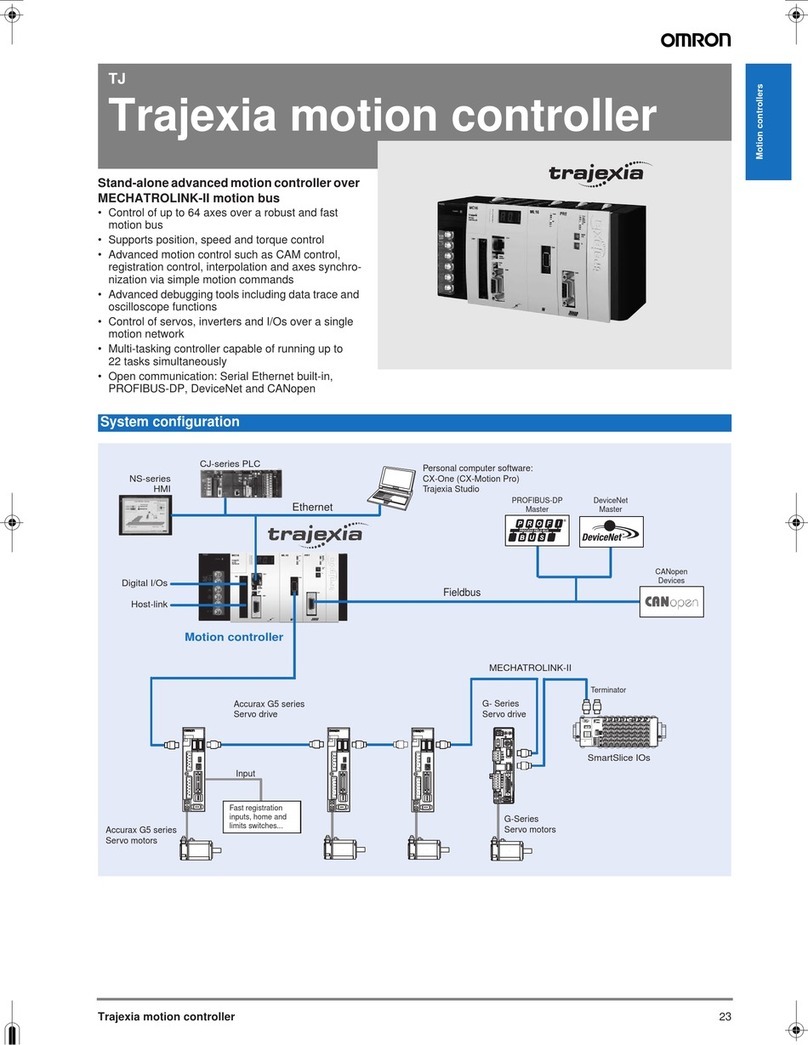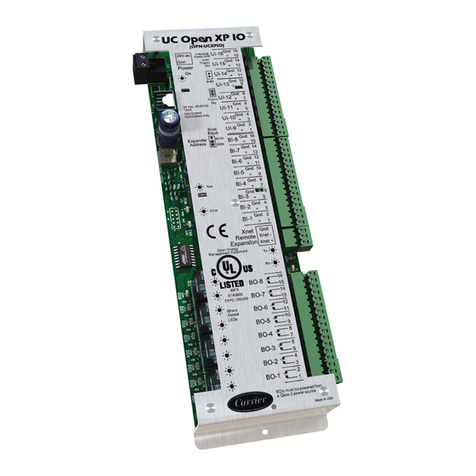Emcotec LONGGO User manual

DPSI-LR (S)
(LONGGO Regulator)
Electronic switch with
integrated voltage regulator
for RC models
Please read!
important product information
www.emcotec.de www.rc-electronic.com

DPSI LR Description Version 1.1
Page 2 of 8
General:
The DPSI LR (Longgo-Regulator) is suitable for smaller models, for which a DPSI RV System would be
too large (i.e. small gliders, E-models, F3A-engine models, F3C-helicopters). It is an electronic (and
therefore breakdown proof) On/Off switch modelled after the approved DPSI principle and a low dropout
voltage regulator in line, which generates a regulated voltage from a variable input voltage of 6.0 Volts
up to 8.4 Volts. The voltage of the battery is monitored by a microcontroller and when it drops under an
acceptable range (battery discharged approx. 60% - 70%), it is reported by a buzzer acoustically and a
LED optically. With a size of even 1.5" x 2.56" x 0.6" and a weight of just 35g you can now use
LONGGO batteries (Lithium-Polymer) for your receiver set.
The LONGGO regulator is also suitable as control unit for ignition sets. Some ignition sets for gas
engines do not withstand the high voltages of Lithium-Polymer batteries. Through the regulated output
voltage the ignition set is supplied with a constant voltage. Due to the electronic switch, the supply of the
ignition set is now absolutely reliable and failsafe.
You can utilize the DPSI LR without any problems with 5 cell batteries, because the dropout losses
(minimal difference input to output voltage) are only 0.05 Volts. Therefore you get a constant output
voltage of e.g. 5.5 Volts or 6.0 Volts with 5 cell batteries too.
An effective heat dissipation allows high output currents without any damage of the electronic. This type
of cooling is being used in the DPSI LR to allow for minimum weight. To save another 15 g weight, you
can get a version with On/Off buttons (DPSI LR S). Here the switching does not take place with the
regular DPSI ON/OFF switch, but rather with one ON and one OFF push button on the printed circuit
board. Here too, maximum safety is guaranteed. To turn off the device, you must press the OFF button
at least for 2 seconds.
The circuitry of the DPSI LR too, guarantees a quiescent current dissipation in the turned off state,
which does not discharge the battery. This quiescent current is less than 1µA! Therefore it is ensured,
that no damage can happen to the battery, even when connected to the DPSI LR for a long time (e.g.
winter season).

DPSI LR Description Version 1.1
Page 3 of 8
Handling:
Mechanical switches contain the risk of failure. In order to rule out any possible mechanical influence,
the DPSI LR (S) uses a self-holding electronic switch, which is activated just by an electrical pulse. For
the DPSI LR you use a gold-plated 2 mm plug pin to generate this pulse. Putting it into the ON socket
(red) turns the DPSI LR on; putting it into the OFF socket (black) turns it off. Many tests provided that
the pin could not be lost due to vibrations. Even if the pin should get lost, the DPSI LR remains switched
on (in switched on mode). If the ribbon cable gets damaged or is being removed, the DPSI LR stays on
in switched on mode, as well!
The DPSI LR can only be switched off if the pin plug is plugged into the off socket. The contact pin
should always remain plugged in the corresponding socket (ON or OFF)! If the pin should get lost, a
2 mm wire or a 2 mm screw can be used; simply plug it into the respective socket.
The ON/OFF switch can be placed wherever desired (e.g. on a fuselage side wall). The connection
cable with plug is plugged into the respective multiple plug of the DPSI LR until it locks into place on
impact. In the event that replacement or removal is necessary, the plug can be disengaged from the
multiple plugs by carefully pulling it out parallel (take hold of the cable directly at the plug).
In the DPSI LR S, the pulse to turn on the device is being generated by the built-in ON push button. If
you press this button momentarily, the DPSI LR S is turned on. The LED between both push buttons is
steady on (respectively in "parallel" to the buzzer). You turn off the DPSI LR S by pressing the OFF
button for at least 2 seconds. Due to the built-in time delay it is impossible to turn off the DPSI LR S by
short loose contacts. Here too, maximum safety is guaranteed.
The central, ultra-bright light-emitting diode (LED) in the switch (respectively on the printed circuit board
of the DPSI LR S) always illuminates when the DPSI LR S is switched on (pin plug in the red ON
socket). In case of low voltage, the LED blinks in sync with the buzzer.
A commercial battery controller (monitor) can be plugged directly to the backside of the switch (at "B1"
or "B2"). This enables additional optical voltage monitoring of the battery. When using this type of
battery controller, you must ensure that the required number of cells is correctly set.
If the pin plug is plugged into the black (OFF) socket, the entire receiver station is switched off (any
battery controllers that may be connected as well). In switched-off position, the batteries will not
discharge. The minimum "no-signal current" of the DPSI LR (S) is far below the self-discharge of the
connected batteries. Theoretically, it would take 274 years for the "no-signal current" to discharge a
battery with 2.4 Ah.
When turning the DPSI LR (S) on, you hear a buzzing signal (1 to 5 beeps, dependent on the
programmed battery type). After shipping, the DPSI LR (S) is programmed for LONGGO batteries
(LiPo). Therefore, the buzzer sounds 4 times! Programming is possible to adjust the thresholds
for the low voltage detection of different battery types.

DPSI LR Description Version 1.1
Page 4 of 8
Low voltage detection:
The DPSI LR is equipped with an 8-bit microcontroller, which constantly monitors the battery voltage.
An intelligent algorithm (IVM, Intelligent Voltage Monitoring) makes sure, that, when all servos are
moved, a short low voltage event of the connected battery is not detected. Therefore, the internal
resistance of the battery cells, which is different for different battery types, has very low impact. The
algorithm is especially laid out for RC model airplanes (cyclic load of the batteries), i.e. not permanent
load of the batteries. So, proof low voltage detection is possible. An internal buzzer indicates low
voltage.
Low voltage:
error signal: 3 x 0.1 seconds beep with 0.1 seconds pause each, then 1 second beep
This buzzer signal is output, when the battery is discharged approx. 60% to 70%. The capacity of the
battery is sufficient for another flight, before you must recharge. Nevertheless, you should recharge the
battery when you hear that error code. Prerequisite is, that you programmed the correct battery type (5,
6, 7 cells or Longgo). The error code repeats in a 7 second interval. Whenever the error is qualified, it
keeps active until you turn off the DPSI LR (S).
Battery empty:
error signal: endlessly 0.2 seconds beep / 0.2 seconds pause

DPSI LR Description Version 1.1
Page 5 of 8
If the output voltage of the DPSI LR (S) falls under a value of approx. 4.2 Volts, this error is output. In
this case, the battery (no matter which battery type is being used) is totally discharged and a secure
operation is not possible anymore. This error is extremely critical, because the whole RC system can
totally malfunction (due to the empty battery).
This error type has highest priority, i.e. a low voltage error is not indicated anymore. It also cannot be
disqualified, i.e. you need to turn off the DPSI LR (S).
Optical display by LED:
An eventual error not only is indicated acoustically, but optically too. The LED in the switch (or on the
printed circuit board of the DPSI LR S) turns off for the duration of the buzzer activation. As soon the
buzzer is turned off, the LED is again steadily lit. Therefore the LED displays a blinking code, which
corresponds exactly to the buzzer activation. A blinking LED means that there is an error.
Programming the battery:
Since you can use different battery types with the DPSI LR (S) you must tell it the intended battery type
(e.g. 5, 6, 7 cell or Longgo batteries). This must be done once - the settings stay resident until you
eventually reprogram. After shipping, the DPSI LR (S) is always programmed for the usage of Longgo
(Lithium-Polymer) batteries.
In order to program you need an external power supply, which allows for variable output voltage. As an
alternative, you also can use a 10 cells NiCd or NiMH battery (respectively a battery with 12 Volts
nominal voltage => car battery). You connect the DPSI LR to that power supply using an appropriate
cable. As soon as the input voltage is more than 10 Volts, the device enters programming mode. For
programming, the voltage at the power supply has to be set to approx. 12 Volts.
After turning the DPSI LR on, you hear the internal buzzer of the DPSI LR for 3 seconds, which is
followed by a 3 second pause. This indicates operating mode "programming".
Now follows a single beep, which stands for "battery type 1". When you disconnect the supplied voltage
within 3 seconds (just remove the connector from "Bat"), "battery type 1" is selected and programmed.
When the supply voltage is not removed within this 3 seconds, you hear a double beep for "battery type
2". Here too, you have 3 seconds time to remove the supply voltage, if you want to select (program) this
type.
As an alternative to removing the supply voltage, you can reduce the voltage at the power supply below
10 Volts. This has the same effect!
This principle repeats, until the buzzer beeps 5 times (deactivate all checks). If you do not remove the
voltage within 3 seconds, there is no change in programming and the system enters normal operating
mode.

DPSI LR Description Version 1.1
Page 6 of 8
The battery types are defined as follows:
Buzzer code Battery type Programming
1 x beep 1 5 cell battery (NiCd / NiMH)
2 x beeps 2 6 cell battery (NiCd / NiMH)
3 x beeps 3 7 cell battery (NiCd / NiMH)
4 x beeps 4 Longgo battery (LiPo)
5 x beeps 5 Deactivate all checks
After shipping, "battery type 4" (Longgo battery) is programmed. If you select "5 times beep" (deactivate
all tests), there is no voltage monitoring anymore. So, you don't get indications for an empty battery or
any other errors.
Programming of the battery type in summery:
"Voltage removed?“ means, that the supply voltage is just disconnected from the DPSI LR (S). The internal buffered
energy within the DPSI LR (S) is sufficient to program successfully. As an alternative you can reduce the supply voltage
under 10V in case of using a regulated power supply. After programming the DPSI LR (S) enters normal mode.

DPSI LR Description Version 1.1
Page 7 of 8
Safety Instructions:
In general, all connecting lines should be run so that they do not come into contact with moving or
hot parts of the model (such as servos, gears or sound absorbers).
The DPSI LR must be protected from humidity and moisture.
Improper handling of the DPSI LR can result in serious damage/injury to property or persons!
Carry out a general inspection of all connections in your model before each use! All plugs must be
correctly polarized and have clean contacts (i.e. fit tightly). Loose cables present a potential
hazard!
Under no circumstances may power sources that do not meet the specified voltages be used.
The current-conducting contacts of the connector plugs may not be short-circuited. If you fail to
observe this warning, the short-circuited cables may overheat and even melt.
Never use the DPSI LR for purposes other than for RC model making as a hobby. Above all, their
use in passenger-carrying equipment is strictly prohibited.
Operate the DPSI LR only with the remote control components provided for model making.
Always ensure that you have fully charged batteries when operating your model. Empty batteries
inevitably lead to failure of the RC components, which cause the model to crash.
Do not expose the DPSI LR to any extremely hot or extremely cold temperatures, moisture or
humidity. This would lead to danger of malfunction, damage or decreased efficiency.
Use only additional components that have been approved by us in conjunction with the DPSI LR
(On/Off switch, external voltage indicators (battery controllers)).

DPSI LR Description Version 1.1
Page 8 of 8
Technical Data:
Technical modifications and errors expected!
You find additional information (among other things FAQ = frequently asked questions) in the
internet on our homepage www.rc-electronic.com. This information is constantly updated.
Please inform yourself about our other products around RC modeling.
Legal information:
"DPSI", "LONGGO" und "EMCOTEC" are registered trademarks.
EMCOTEC
embedded controller technologies GmbH
Waldstr. 21
D - 86399 Bobingen
Tel. +49 (8234) 95 98 9 - 50
Fax +49 (8234) 95 98 9 - 59
Email: info@emcotec.de
Internet: www.rc-electronic.com
www.emcotec.de
Power sources 5, 6, 7-cell NiCd / NiMH cells, Lithium Ion batteries,
Plastic Lithium Polymer batteries (Longgo, LiPo)
Operating voltage range 5.0V .... 12V
Rated input voltage 6.0V .... 8.4V
Output voltage 5.5V (other values on request)
Quiescent current (when off) < 1µA
Quiescent current (when on) approx. 25mA total
Max. continuous current @ 5.5 V
(15 minutes using Longgo batteries)
3A
Max. peak current @5.5 V
(5 seconds using Longgo batteries)
30A
Drop-out losses @ 1 A approx. 0,05V
CE Test in accordance with 89/336/EWG
Environmental conditions -10°C .... +50°C
Permissible temperature range -25°C .... +85°C
Dimensions 65mm x 38mm x 15mm (2.56inch x 1.50inch x 0.59inch)
Screw diameter for fastening 2 x 3,1mm (39mil)
Hole spacing for fastening 54mm x 28mm (2.12inch x 1.10inch)
Weight ca. 35g DPSI LR + 15g ON/OFF switch
ca. 35g DPSI LR S
Warranty 24 month
This manual suits for next models
2
Table of contents
Popular Controllers manuals by other brands
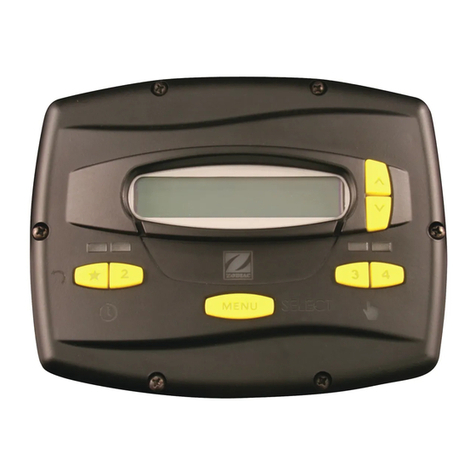
Jandy
Jandy Jandy Pro Series Installation and operation manual

MULTIQUIP
MULTIQUIP MAYCO C30HDGAWR Installation & operation manual
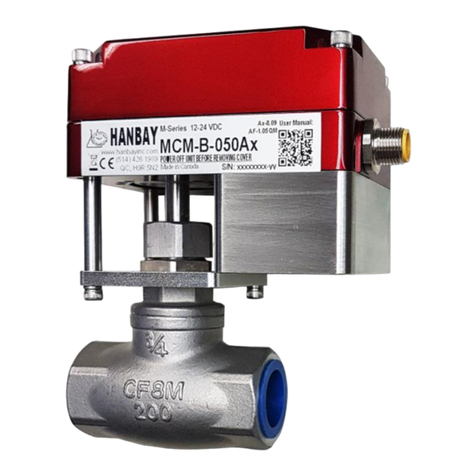
Hanbay
Hanbay MC-B-A-8.09 Series user manual
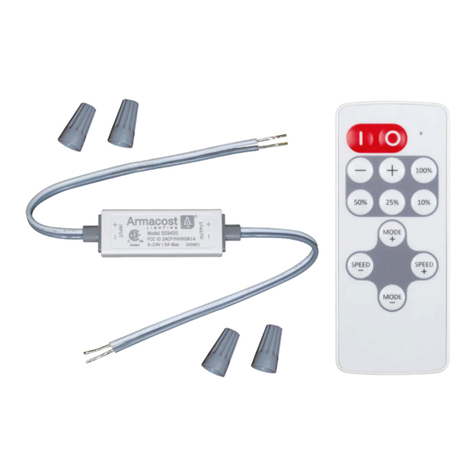
Armacost Lighting
Armacost Lighting 523420 quick start guide

BEIER-Electronic
BEIER-Electronic SFR-1 operating manual

AURATON
AURATON 1107 user manual
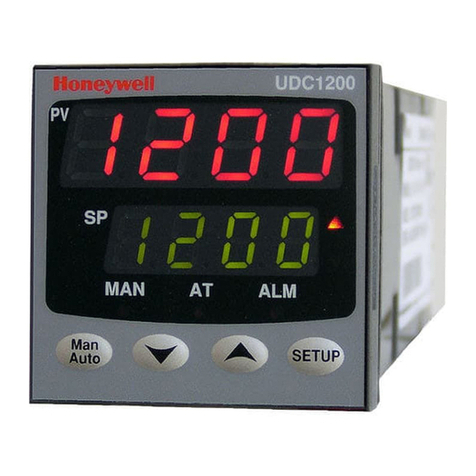
Honeywell
Honeywell UDC1200 MICRO-PRO product manual
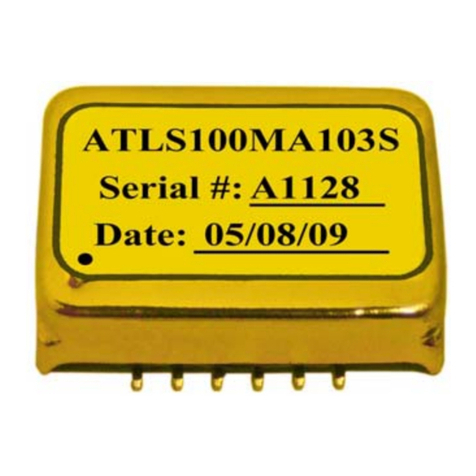
Analog Technologies
Analog Technologies ATLS100MA103 quick start guide
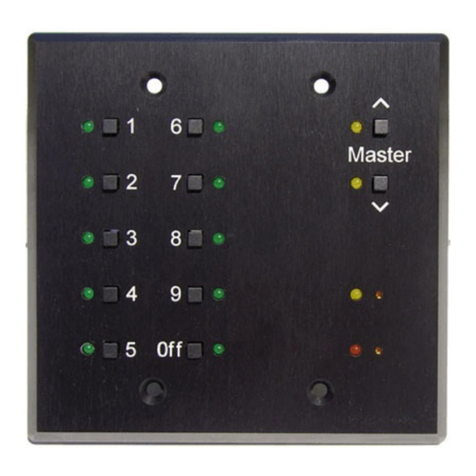
Doug Fleenor Design
Doug Fleenor Design Preset 10 Architectural Two owner's manual
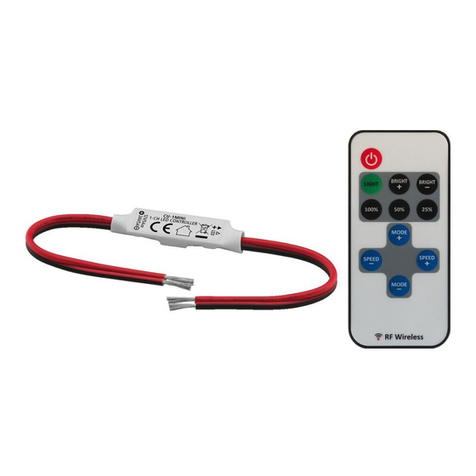
Monacor
Monacor CU-1MINI quick guide
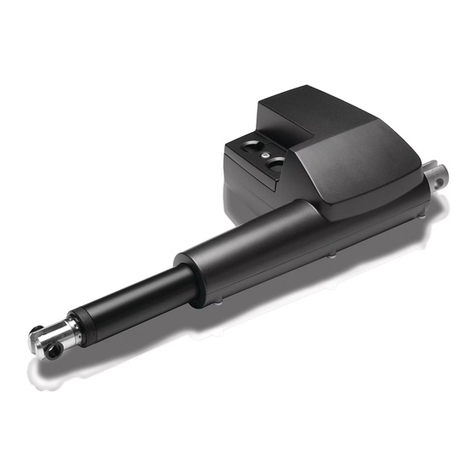
Linak
Linak TECHLINE LA35 installation guide
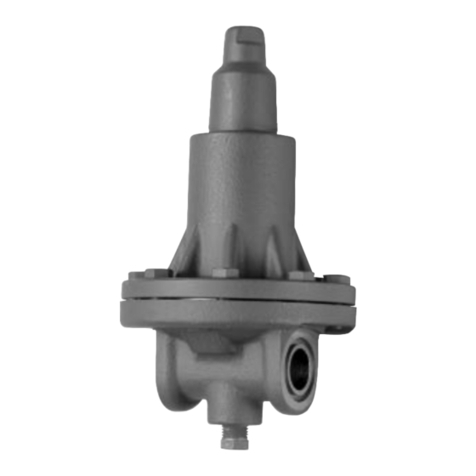
Parker
Parker A2B-DN manual
